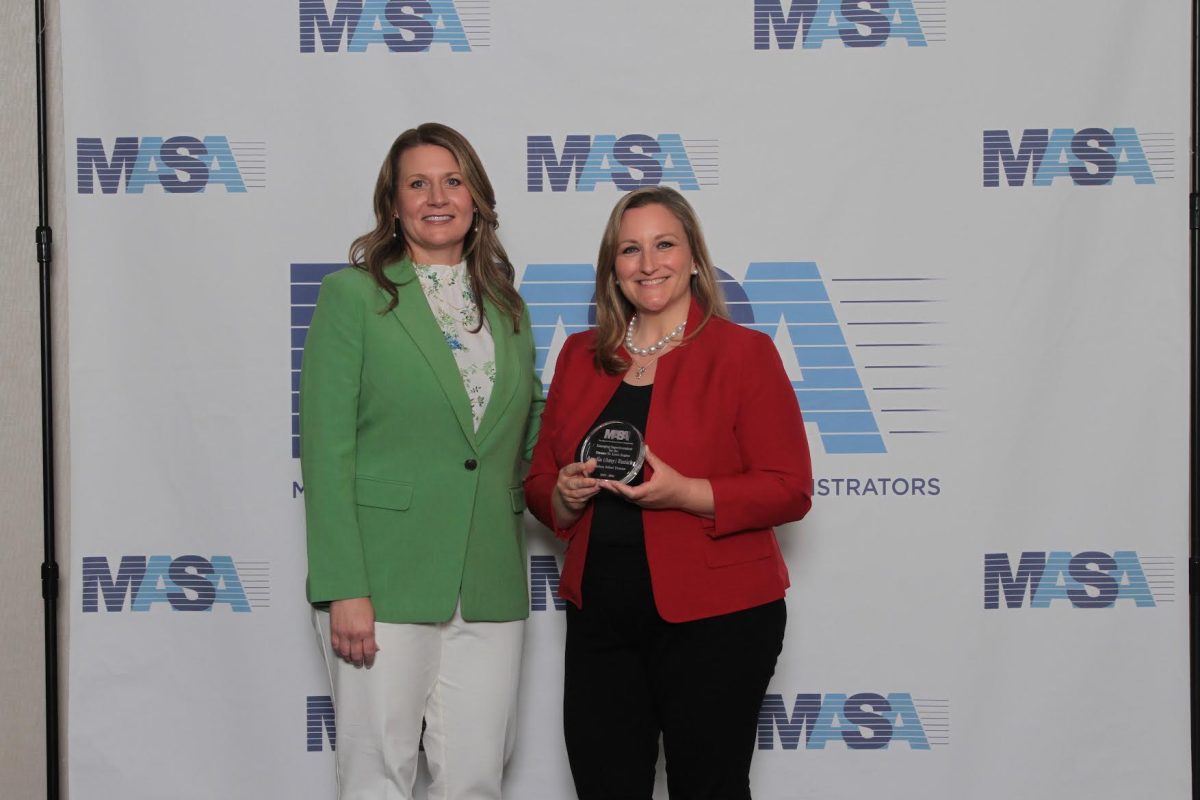When Mehlville School District voters approved Proposition P nearly three years ago, they authorized a 49-cent tax-rate increase, not a nearly $68.4 million district-wide building improvement program, according to a Mehlville administrator.
“The voters approved a 49-cent levy. They didn’t approve a $68 million project,” Randy Charles, assistant superintendent for finance and the district’s chief financial officer, said last week during a meeting of the Proposition P Oversight Committee.
But a former Mehlville Board of Education member who served as chairman of Mehlville’s Citizens’ Advisory Committee for Facilities, disagrees with Charles’ assessment of what Mehlville voters approved in the November 2000 election.
“I know firsthand what the voters were asked to approve in November 2000,” Dan Fowler said in a statement released to the Call. “Simply put, the voters were asked to approve a 49-cent tax increase to fund a $68.4 million bond issue on the recommendation of the Citizens’ Advisory Committee for Facilities.”
Fowler, who also served as chairman of the campaign committee that promoted the passage of Proposition P, Citizens to Protect Our Investment, continued, “In fact, the ballot measure said as much and concluded with: ‘… Be authorized to increase the operating tax levy by 49 cents per one hundred dollars of assessed valuation, such increase in the tax levy to terminate automatically after the retirement of any obligations issued to finance the above-mentioned projects.’ This is very clear that the voters approved nothing more than the debt for these projects of $68.4 million. Any money that exceeds paying off the debt of $68.4 million should be returned to the taxpayers of this district.”
Though the original cost of Proposition P was estimated at nearly $68.4 million, interest on the bond-like certificates of participation issued to fund the improvements allowed the construction budget to increase to $72.4 million. However, a current district estimate projects that an additional $13.6 million in district capital funds will be spent on Proposition P-related projects. That additional $13.6 million could bring the total cost of the building improvement program to more than $86 million through mid-2008.
District officials have cited “hidden conditions” in renovation projects at district buildings as being a major factor in the increased costs of Proposition P projects, not to mention code and abatement issues that they have had no choice but to resolve.
Meanwhile, current district estimates indicate the 49-cent tax-rate increase will generate $170,165,506 through 2022, while the amount needed to retire the certificates of participation is projected at $144,346,224 — leaving a surplus of $25,819,282 in district capital funds.
During a meeting of the Proposition P Oversight Committee last week, Charles said, “… The voters approved a 49-cent levy. They didn’t approve a $68 million project. They approved a 49-cent levy and through some good consultation we received and good timing on the issuance of the bonds and a good repurchase agreement, we were actually able to reduce the cost of the bonds, increase the interest we earn and basically that 49 cents is going to go a lot further than we ever thought it would. That’s a good thing. It really bothers me a little bit that some people, when you describe that it’s almost like they want to make it sound like a bad thing, but that’s a good thing”
Noting that board members and district administrators repeatedly have said work on Proposition P has been on time and within budget, Fowler contends that Mehlville officials have not been up front about the additional costs and believes that any additional work or funding beyond the original $68.4 million program should have been approved by the district’s taxpaying voters.
“In my opinion, what school officials did was a lapse in judgment and a lapse in ethical conduct and behavior,” Fowler said in his statement. “School district officials have misled me and the taxpaying voters of this school district in the guise of making child-centered decisions. Nowhere did voters give authorization for more than $68.4 million.
“To now say that they only approved a 49-cent tax increase is an insult to our intelligence and slap in the face of every person who pays taxes. It’s like they are thumbing their noses at us. Those school district officials who are responsible for this should be ashamed of themselves and with any conscience should have a hard time sleeping at night. The sad thing is the damage they have done to their relationship with the community. It will take years to repair and it will be a generation before they ever get approval from the voters for another ballot measure,” Fowler said.
Asked to comment on the remark that voters approved a 49-cent tax-rate in-crease, not a $68 million project, incoming Superintendent Tim Ricker, who begins his new duties July 1, told the Call, “Well, I think we’ve always gone back to the ballot language to see what the purpose on the ballot indicated that that money was going to be expended for and used that as the guideline for purchasing the bonds and refinancing and reissuance of the certificates of participation and kind of kept it in that framework. The 68.4 (million dollars), I want to say four years ago, maybe even five years ago, was what was used to kind of — a rough estimate of what the projects were going to possibly cost. I think as I’ve looked back through, you know, working through this transition period, I’ve looked back through all the documents. That’s one of the entry-level things that I’ve been doing is to go through as many of the documents as possible to see the historical perspective of how decisions were made and how things were done.
“One of the things that I did notice was that in the documentation it indicated that the district didn’t spend much money, if any, on a detailed study of estimating costs in relationship to helping with what would be the ballot language as well as what that penny figure would be for the levy …
“Everything I’ve read … on fliers and production of public information, the 68.4 (million-dollar) figure is there. I think from my perspective what I saw as being important was, as important as the 68.4 (million dollars), was the fact that people were commenting that did we have enough money to cover what we wanted to do and I think it became very evident that very quickly within at least a two-year period of time when the major projects got started that that 49 cents generated more than enough to take care of the 68.4 (million dollars) and now the 70-plus million dollars worth of work as we got into some of the conditions that we didn’t understand,” Ricker said, citing hidden conditions and code and abatement issues.




















